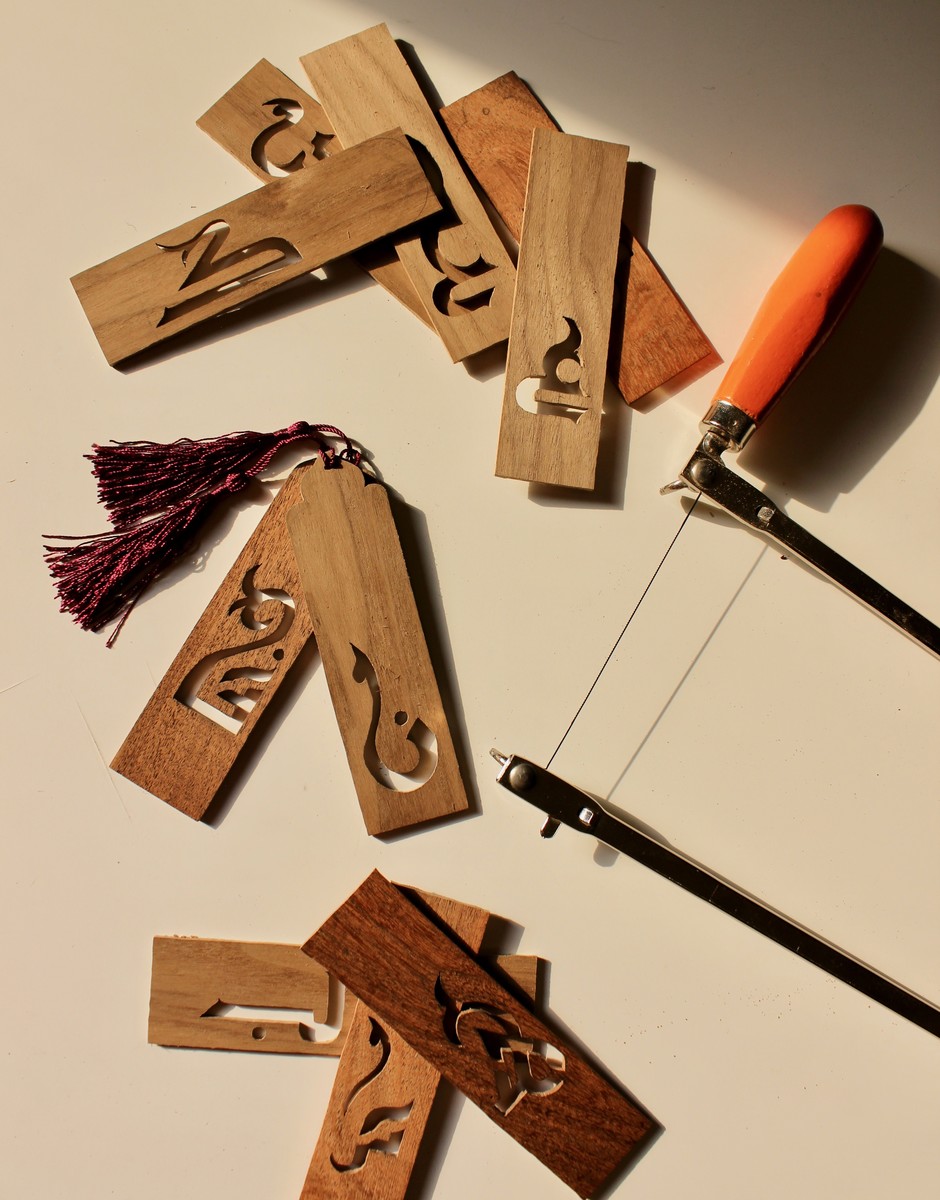DUBAI: Saudi Design Week wrapped up last week and offered visitors a wealth of innovative creations. We picked out some of our favorites just in case you missed the show.
1. DESERT DESIGNS
The theme of Saudi Design Week this year was “Sustainability in Design.” While each exhibitor interpreted that concept in their own way, Desert Designs was already a natural fit. The Khobar-based company creates upcycled homeware and — for Design Week — focused on using “heritage and heirloom pieces,” including a wooden door that the designers transformed into a glass-topped coffee table.
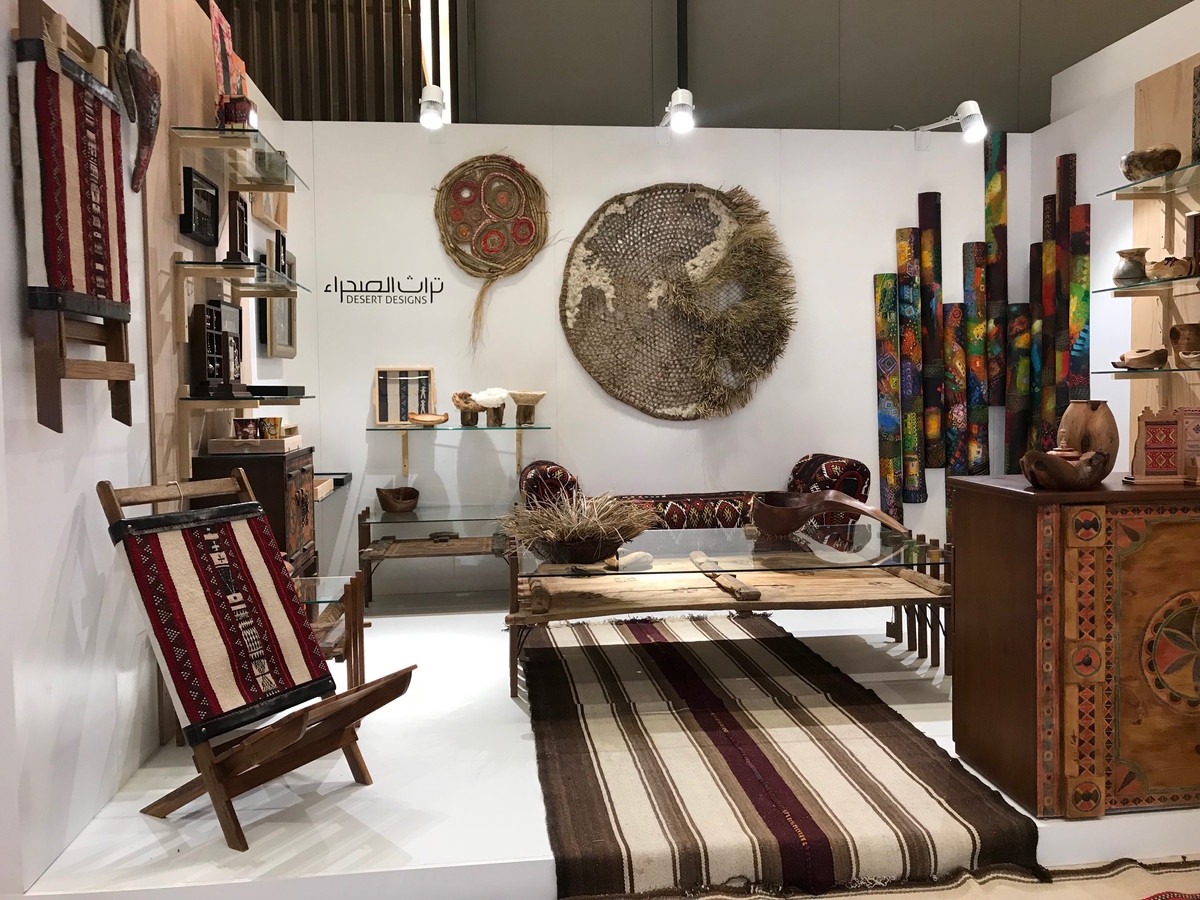
2. ABADIA
The Saudi Arabian luxury fashion brand uses traditional techniques including embroidery and sadu to create its womenswear, in keeping with its mission to “celebrate culture and preserve craftsmanship” in contemporary design. It’s feminine take on the farwa — originally an oversized coat worn by desert nomads in the winter, adapted by Abadia for “the contemporary global woman,” is its most celebrated garment.

3. ZMZMYA
This beautifully crafted take on the traditional Khaleeji zamzamiah water canteen comes from Jeddah-based Efreez Studio. The designers claim that this version, handmade from red clay, is a healthy option, being free of the “harmful lead and chemicals found in the majority of plastic water bottles.” Each piece, the studio claims, is unique, thanks to the handcrafted top section, and the fact that this “mix of functional art and hydration” is made on a potter’s wheel and corked means it fits well with the sustainability theme of Design Week.
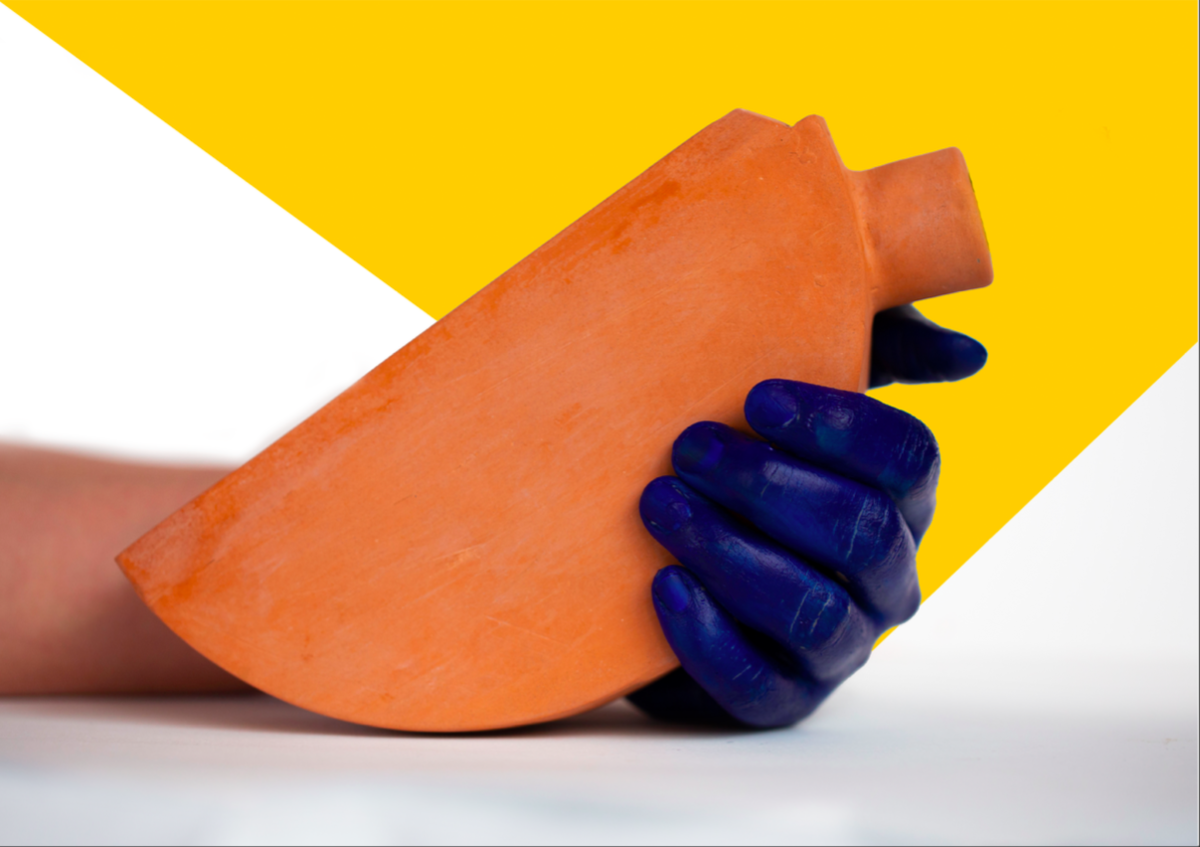
4. RADHWA KABLI
A Design Week veteran, Kabli — an “interior architect” — creates furniture with a twist. Sometimes literally. The main concept behind her “Kappa” collection, she has said, is “to present the beauty of geometric design by creating harmony and illusion of movement.”
5. OLD CASTLE DESIGN
Old Castle founder Amal bint Bandar Alsudairy combines her love of art, antiques and design in her contemporary homeware and furniture pieces. Her design is predominantly based, she says, on “modern arabesque.” Alsudairy is currently studying for a master’s degree in architectural design.
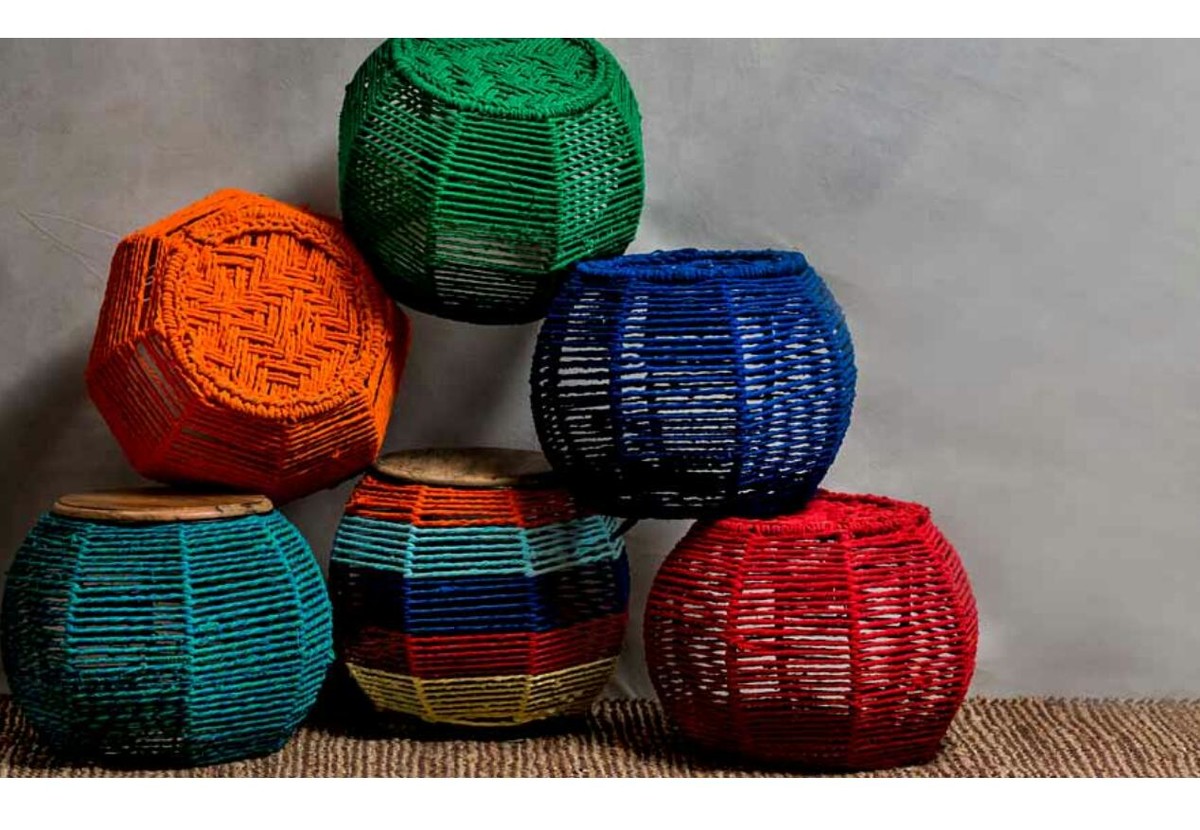
6. ART OF HERITAGE
Riyadh-based Art of Heritage displayed handmade pottery and gifts from its non-profit organization Yadawy, so all the pieces are created by Saudi Arabian women with physical disabilities, all are unique, and all are stamped and signed by their makers, some of whom are now able to make a living from their art.
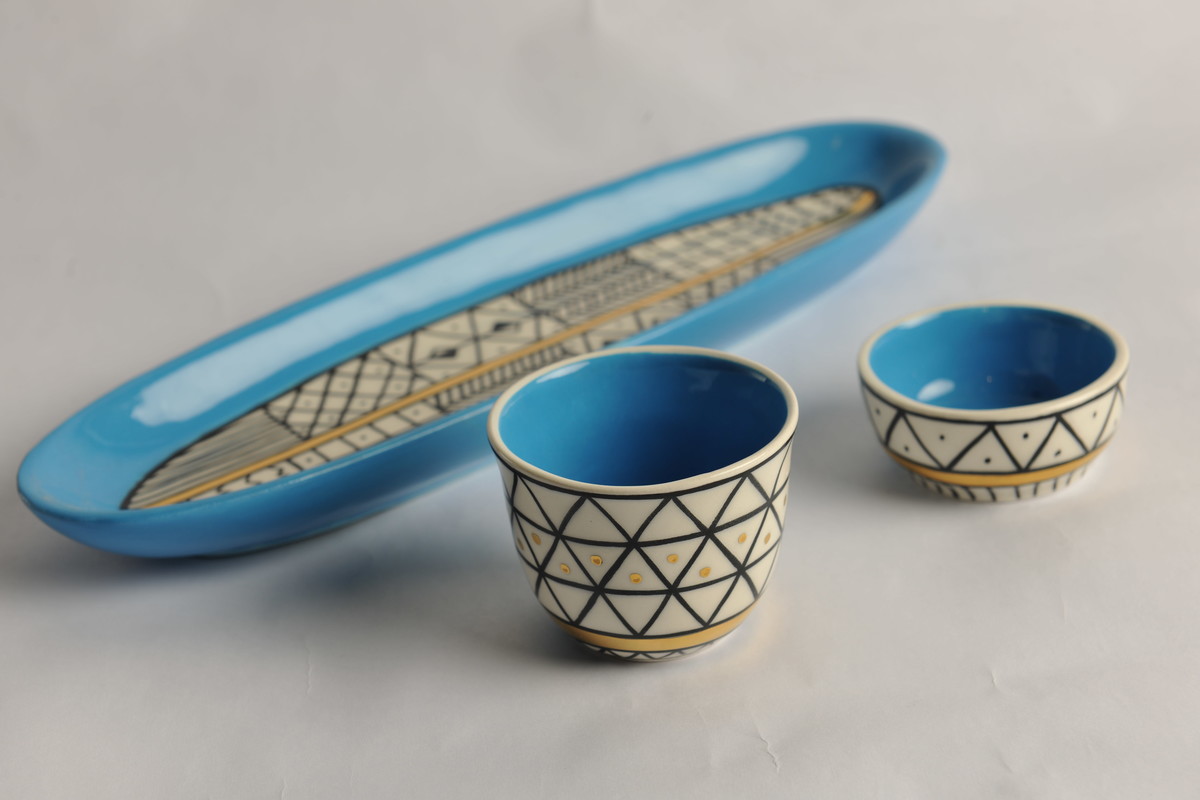
7. NOURA BOUZO
Bouzo is one of the co-founders of Saudi Design Week, and interpreted the ‘sustainability’ theme to mean “sustaining our heritage” as well as using sustainable materials. As such, her eye-catching miniatures are recreations of historical Islamic art painted on reclaimed wood and recycled material.

8. NOTA NOTA
It might look like a fancy food blender or juicer, but Nota Nota is actually a machine that allows users to design their own perfume. Created by Saudi Arabian entrepreneur Abdullah Bahabri, Nota Nota comes with its own app (of course it does), which enables users to share their fragrant (or not) recipes with others. Earlier this summer, talking about his creation to Kawa News, Bahabri said, “In Arabia, perfume has been part of the culture for centuries. The famous scent codes are built on oudh, particularly. And nowadays French perfumery is also very common in Saudi, people do love to wear both French perfume and scents that come from the region.”

9. KHASHBA
Ranin Kurdi and Sufanah Dairi create handmade wooden art that draws inspiration from their Arabic and Islamic heritage, with influences including calligraphy, particularly Kufic design. Their machine-free craftsmanship results in striking pieces of art that rely heavily on history while retaining a modern touch.
